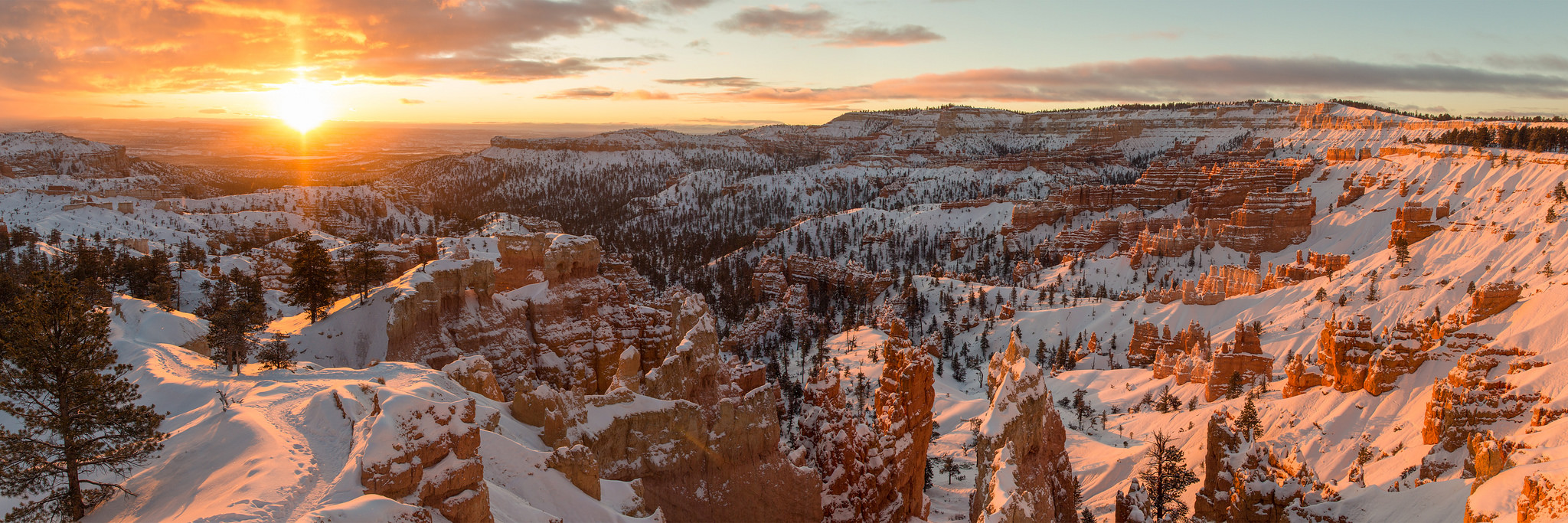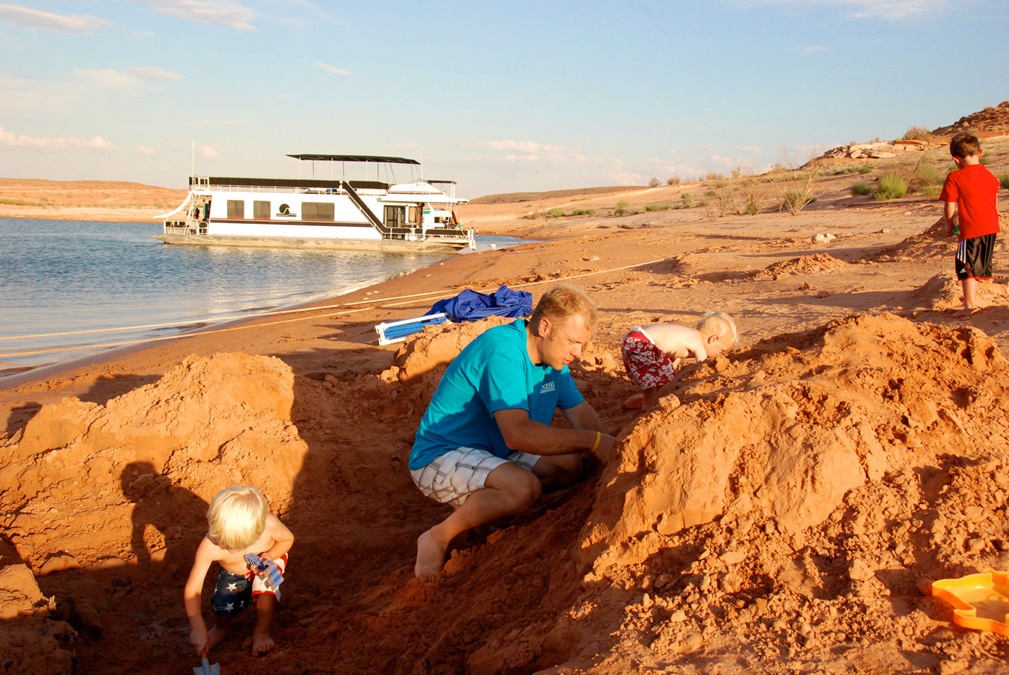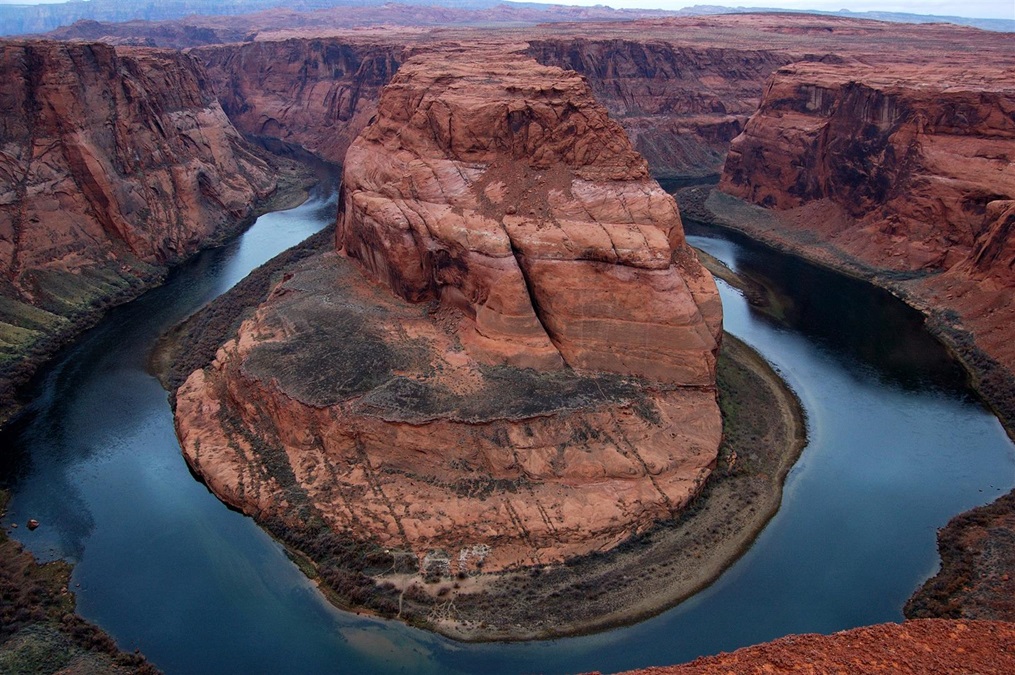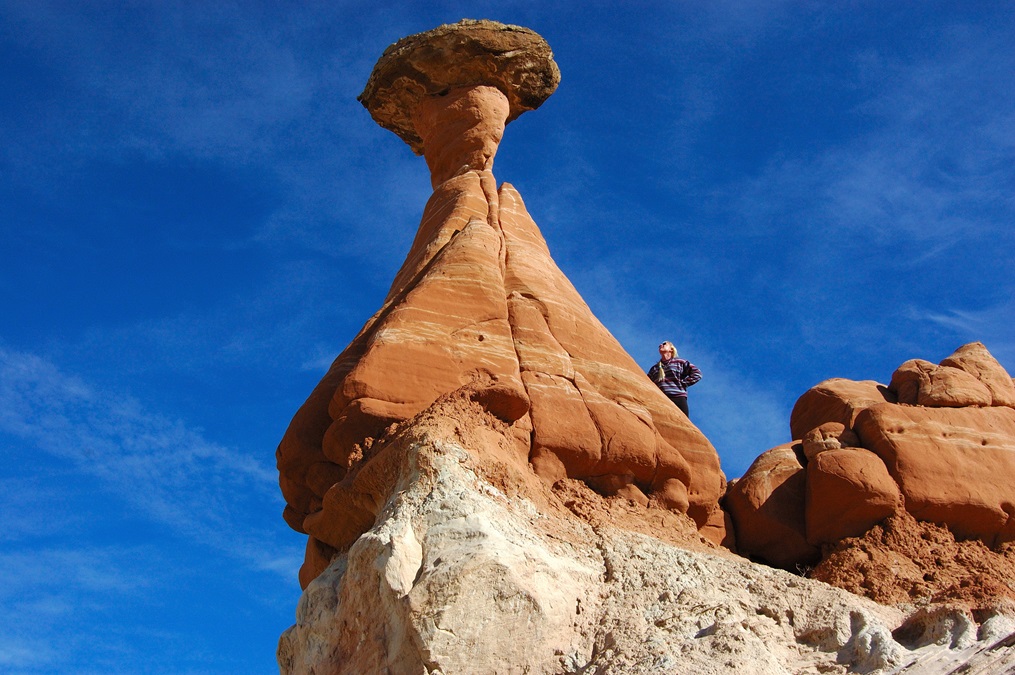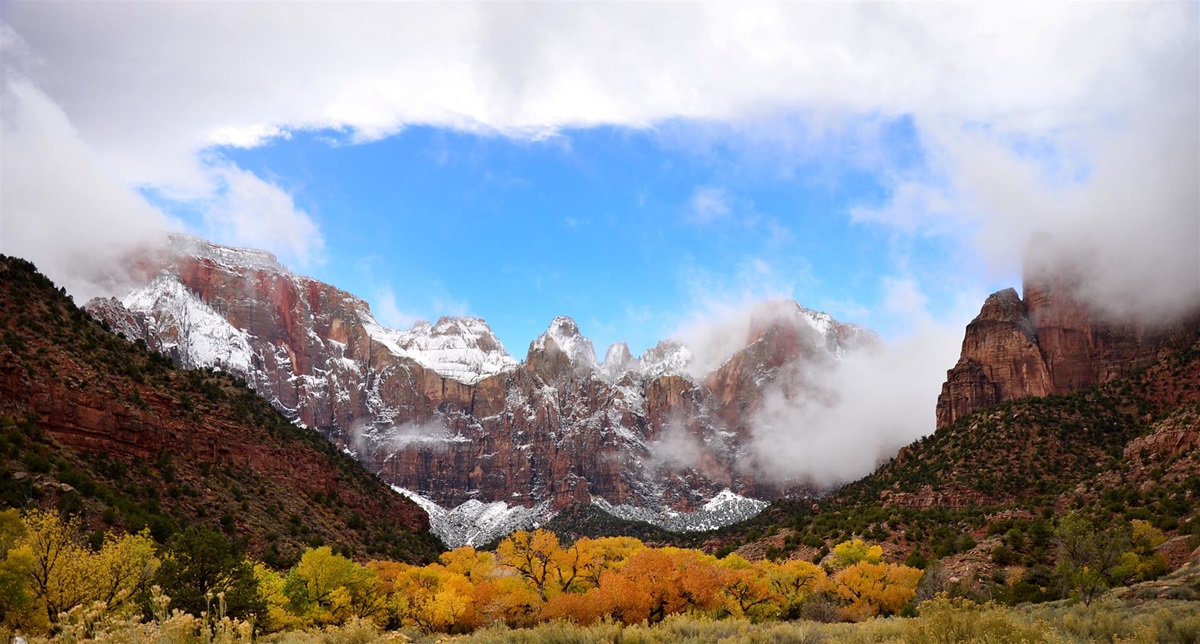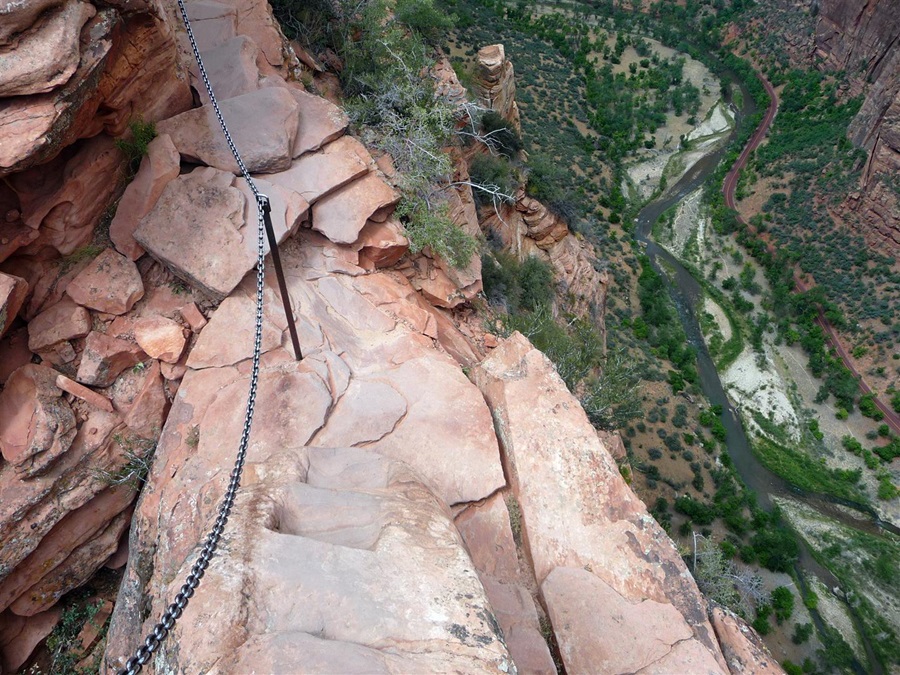Fly to the national parks: South-central and southwestern Utah
Astounding geology, incredible beauty, and the Earth’s history exposed: You’d have to go to Mars to see anything comparable. Americans are profoundly blessed to have these federal public lands, preserved and accessible to all.
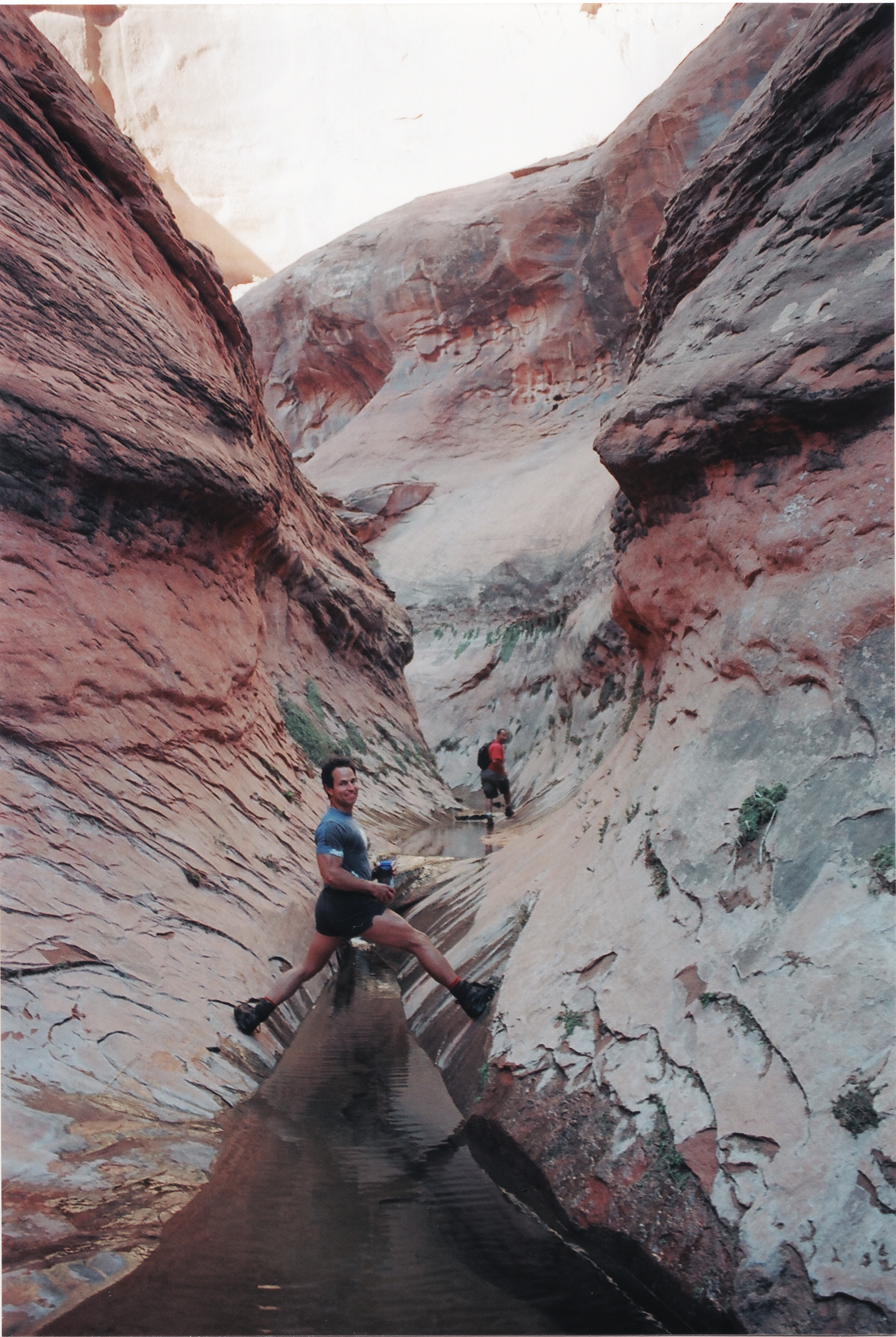
Grand Staircase-Escalante National Monument: Land at Page to explore this little-visited gem, as well as Antelope Canyon and Horseshoe Bend. Then follow Highway 89 toward Kanab. Between mile markers 20 and 19, you’ll see a parking lot and trailhead; after less than a mile you’ll see an enormous rock toadstool. Then just wander east and west around the plateau to see many more, all shapes and sizes—it’s unforgettable. I had the strangest sensation of being on another planet. There wasn’t a sound or another person around. Other highlights include driving up Cottonwood Canyon (between mile markers 17 and 18 and only when it’s dry), hiking Hackberry Canyon, and continuing to Grosvenor Arch.
Bryce Canyon National Park: Fly to Bryce Canyon and marvel at the amphitheater of pink hoodoos, formed by erosion of the Claron Limestone, soft sediments from a long-gone freshwater lake. Sunrise here is particularly spectacular, any time of year. View the hoodoos from overlooks, hike down into the canyon, or find ancient bristlecone pines along limestone knolls. The lodge has suites, rooms, cabins, and dining.
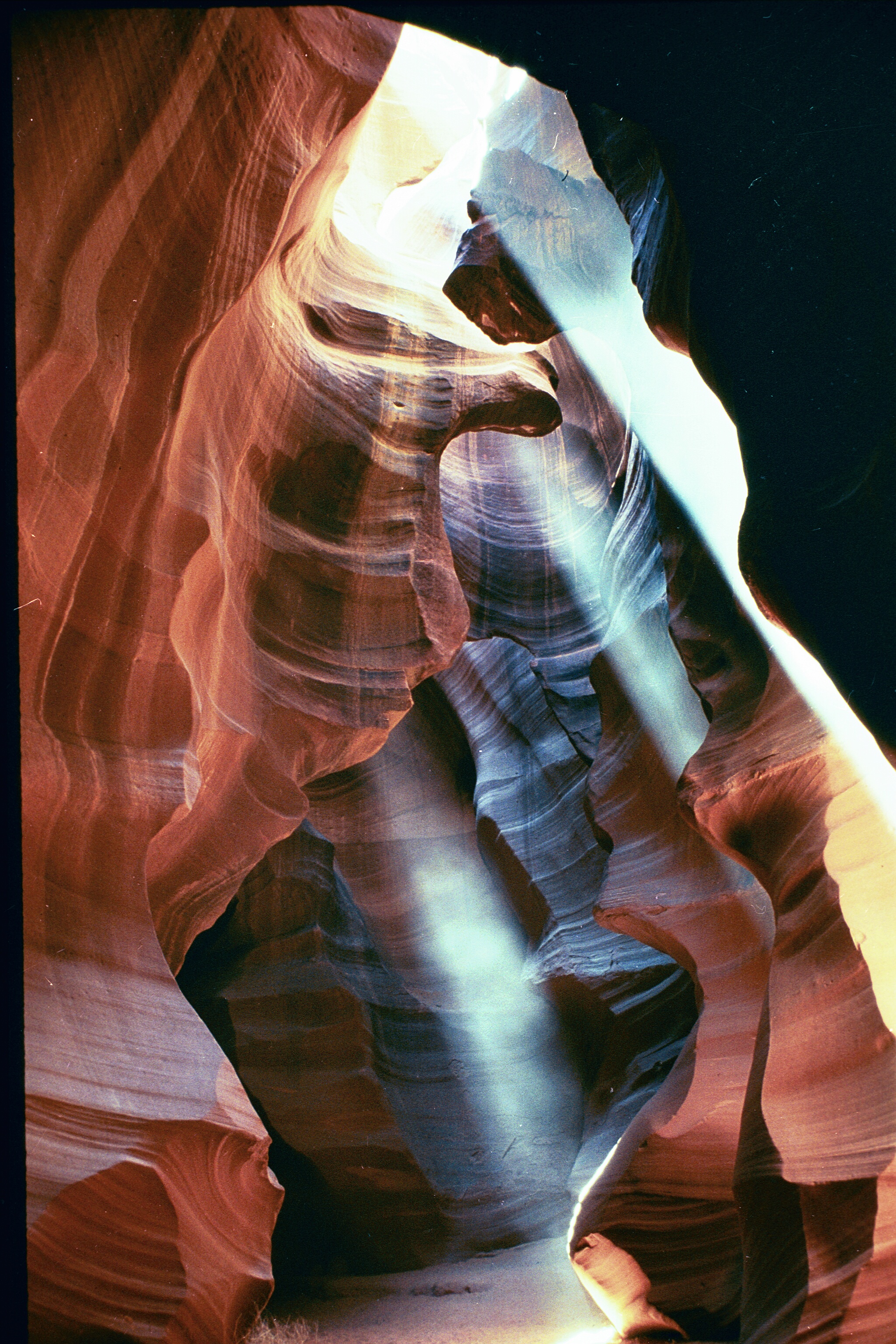
Cedar Breaks National Monument: Fly to Cedar City to visit Cedar Breaks National Monument, which is perched on the opposite, or west, side of the Markagunt Plateau from Bryce Canyon and contains the same type of limestone. Cedar Breaks is thus best viewed near sunset, via easy-access overlooks and walks. Cedar Breaks sees far fewer visitors than Bryce Canyon, but you’ll be camping if you stay overnight. The 10,000-foot elevation also brings welcome respite from summer heat. Be aware that many roads and facilities close mid-October through late May because of deep snow, although the monument is open year-round.
Zion National Park: One of Utah’s “Big 5” national parks, Zion can be crowded in summer. From Cedar City, drive south on I-15 and then turn east toward Springdale. In summer and through October, you’ll use a shuttle to travel inside the park. To the Mormon faithful the name Zion is synonymous with paradise and it’s easy to visualize this valley as a giant natural cathedral, with towering stone monoliths like the “Great White Throne” that draw your gaze skyward. Quintessential Zion experiences include the dizzying climb to the summit of Angel’s Landing, exploring the Narrows of the Virgin River, and the short but steep Weeping Rock Trail that ends at a dripping spring. Listen for the canyon wren’s sweetly cascading song, better than a choir in this heavenly place.
